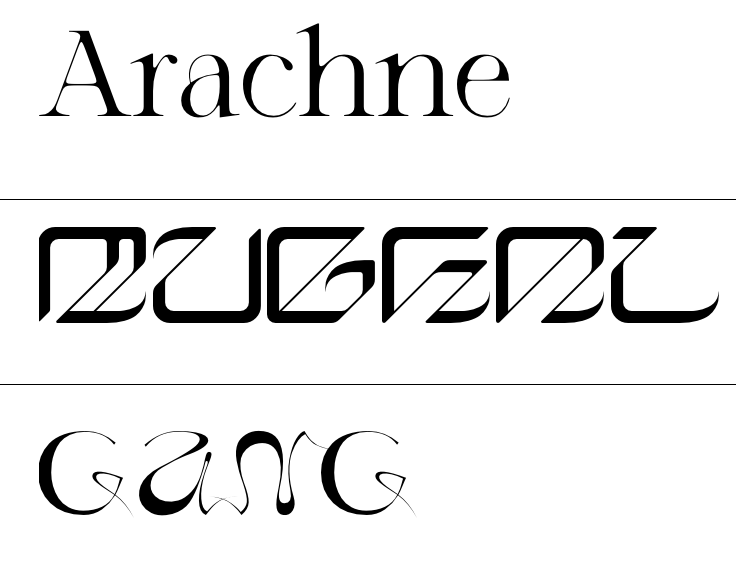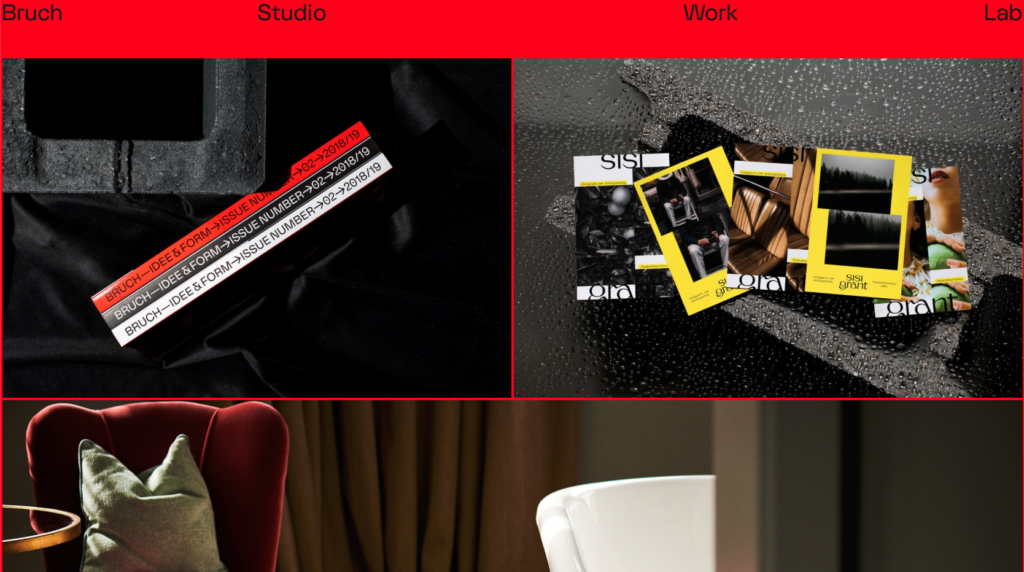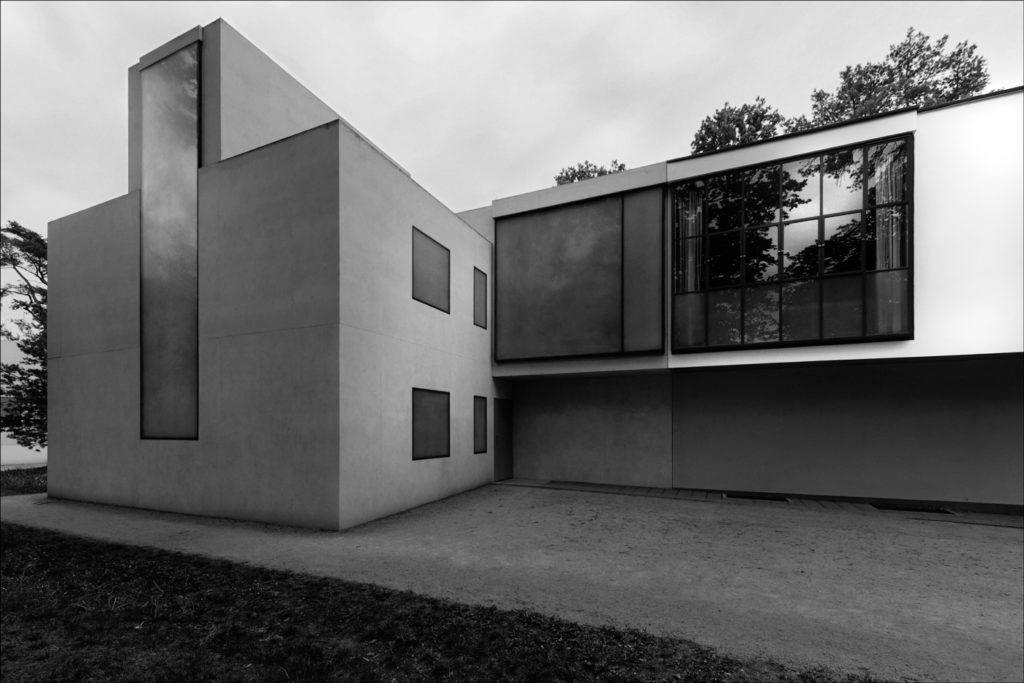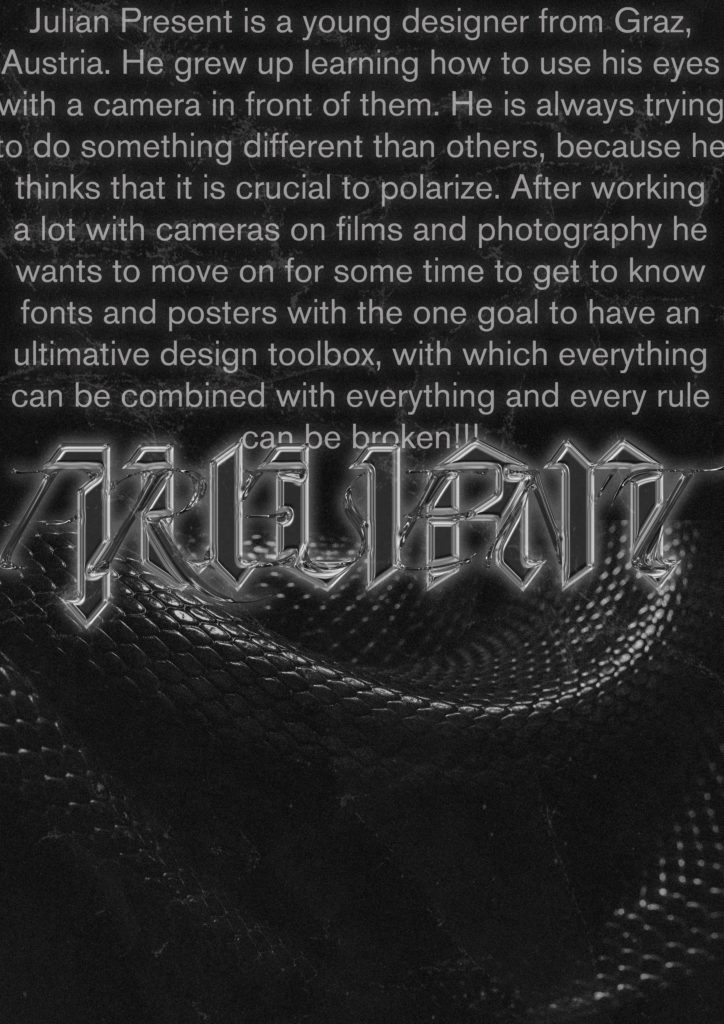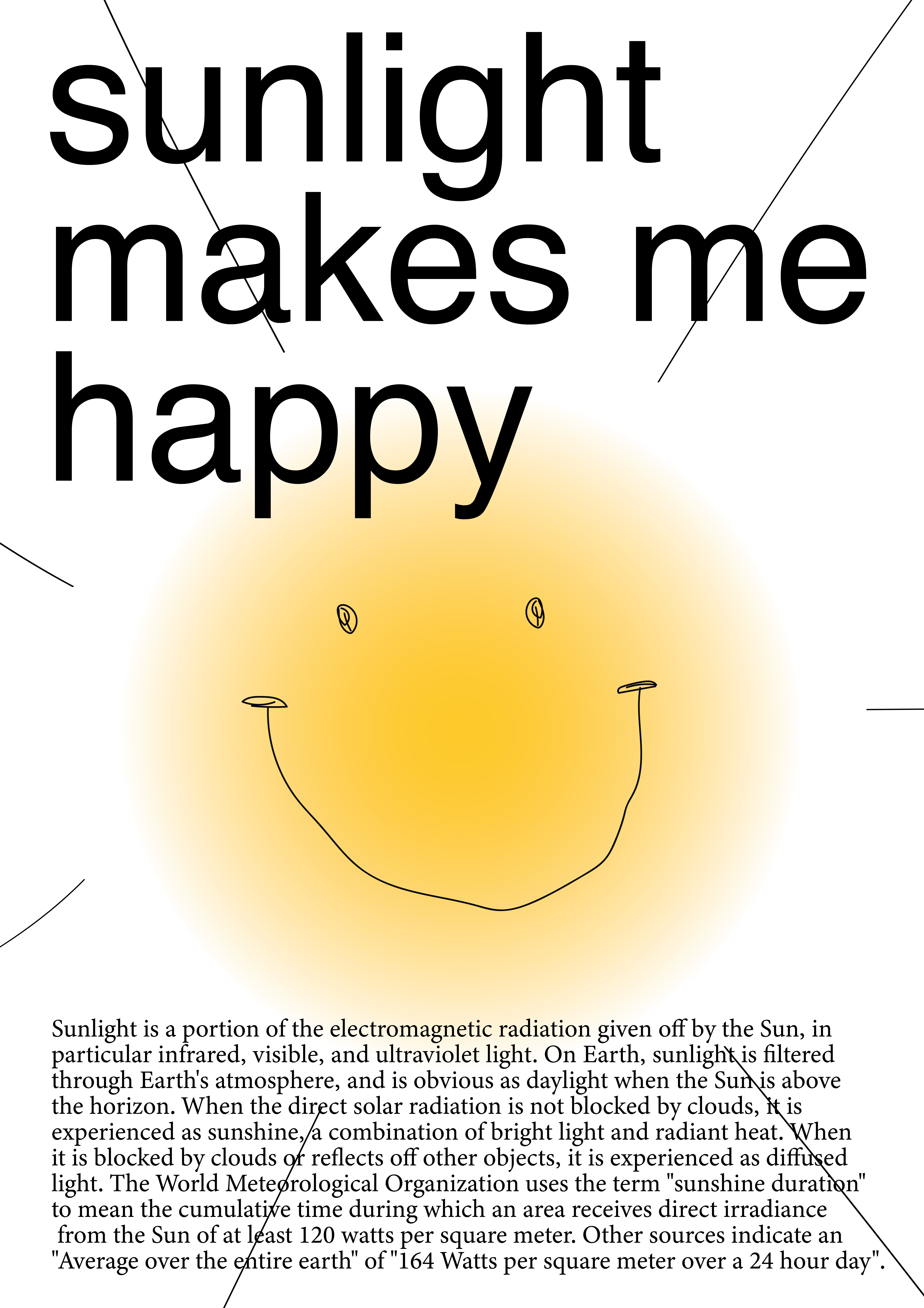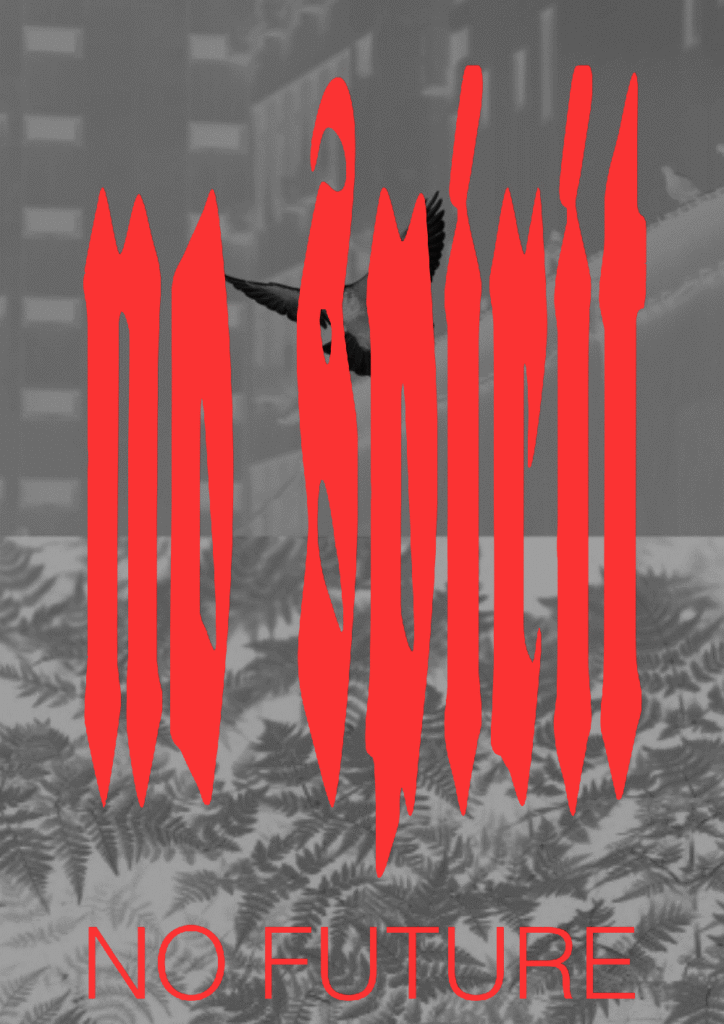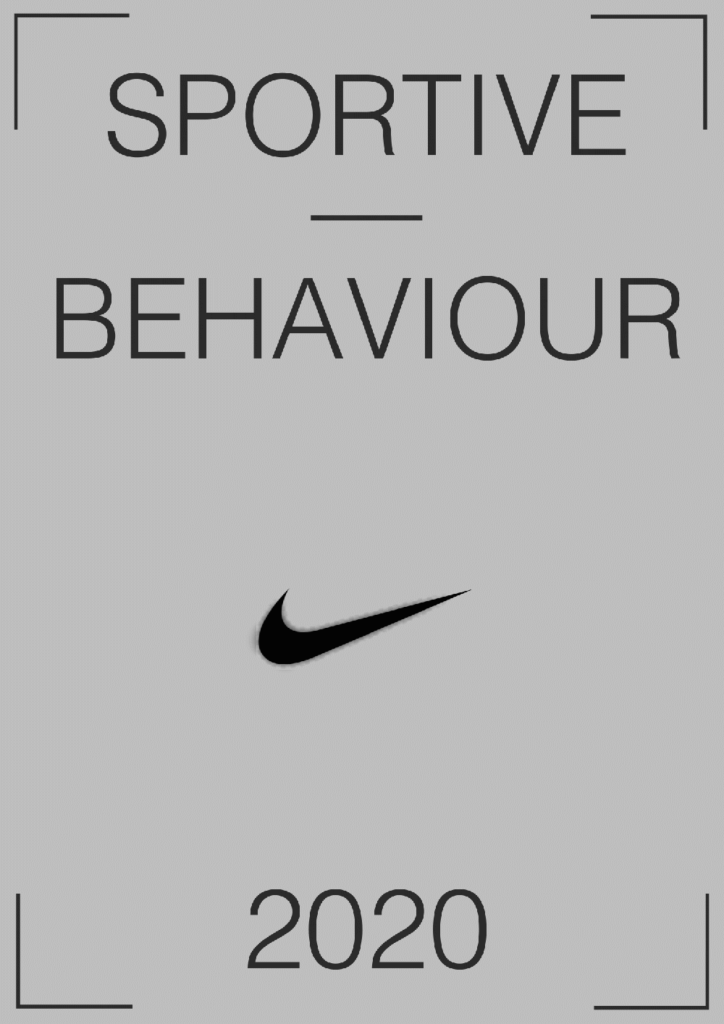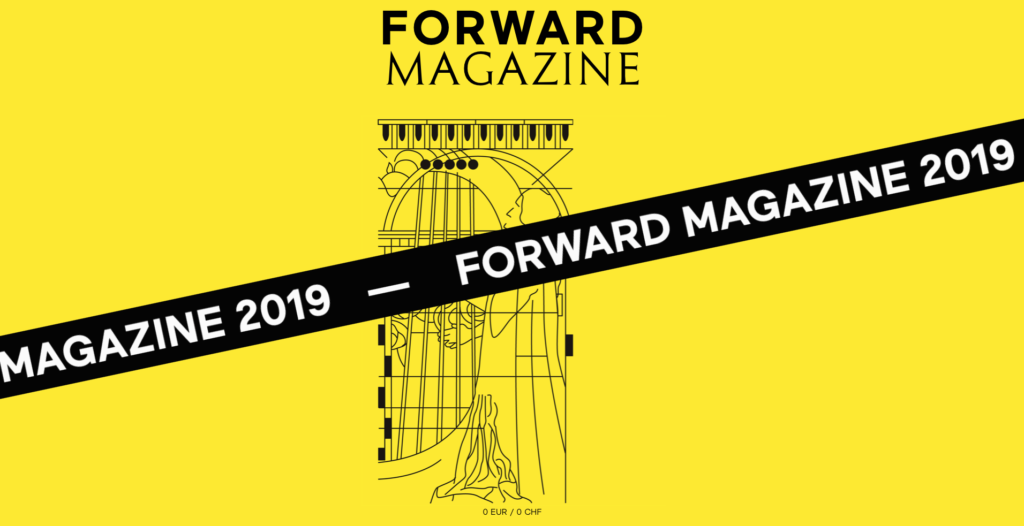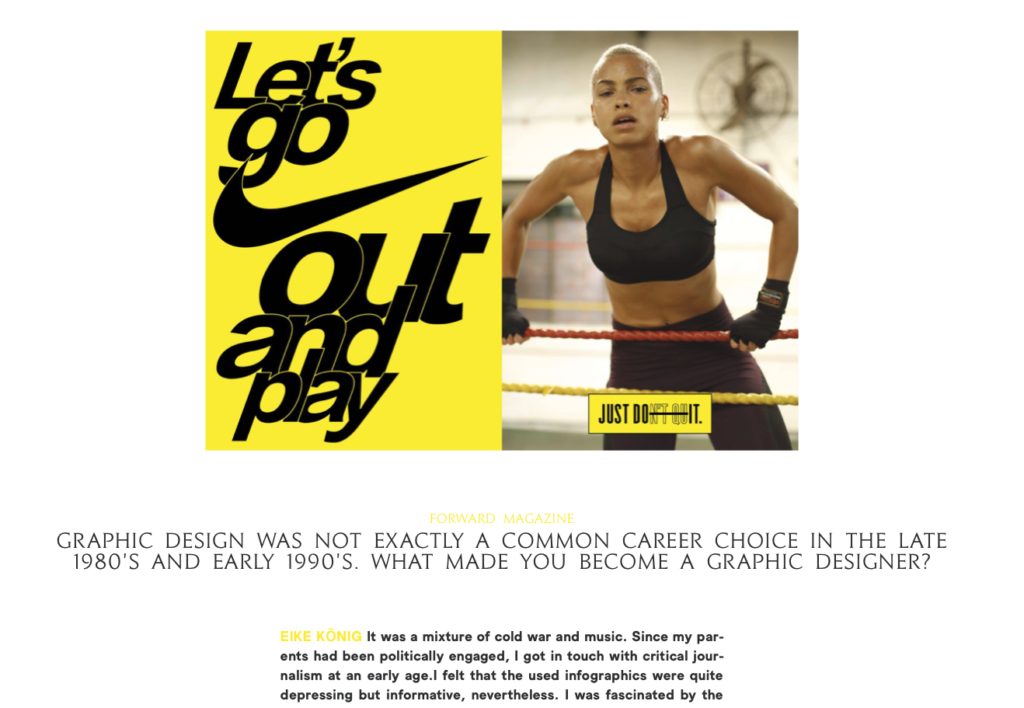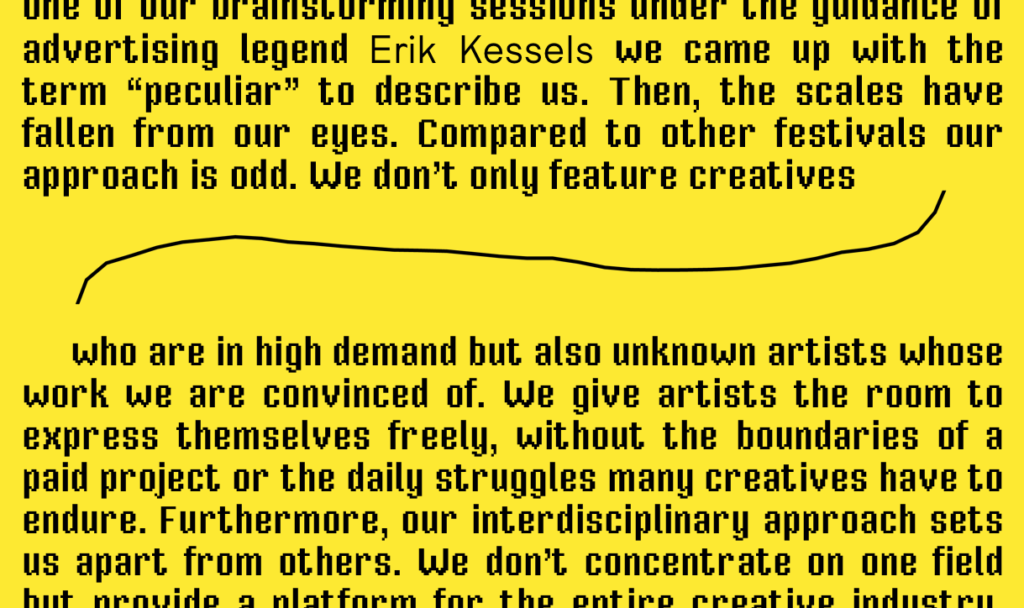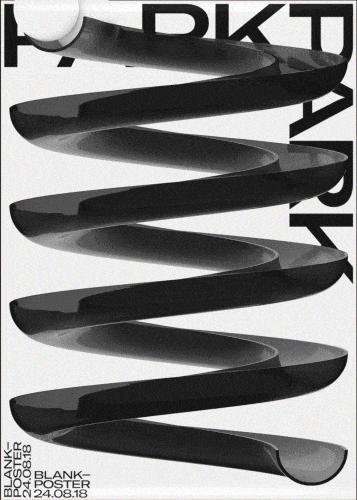Bewertung: COCOON: EIN ZELT FÜR RADREISEN—NICOLE BOSCHITZ
Warum wurde die Arbeit gewählt?
Die Arbeit wurde gewählt, weil sie sich mit der Gestaltung eines Produkts beschäftigt, das für die Verwendung mit Fahrrädern gedacht ist. Nachdem das voraussichtliche Thema meiner Masterarbeit sich mit dem Produktdesign und der Vermarktung eines Möbelstücks zur Aufbewahrung von Fahrrädern in Wohnungen beschäftigt, hat mich die Analyse der Arbeit sehr gereizt.
Problemstellung/Fragestellung
Die Verfasserin der Arbeit beschäftigt sich mit dem Entwurf eines Ein-Personen-Zelts, welches für Fahrradreisen entwickelt wurde, eine Verbindung zum Fahrrad herstellt und in weiterer Folge auch platzsparend transportiert werden kann. Um die Bedürfnisse des Radreisenden zu erfüllen, wurde sowohl Form als auch Material so minimalistisch wie möglich gehalten. Das Zelt verfügt auch über die Möglichkeit sich mit anderen baugleichen Zelten zu verbinden, um so Kommunikation zwischen mehreren Personen innerhalb ihrer Zelte zu ermöglichen. Eine konkrete Forschungsfrage konnte ich nicht direkt aus der Arbeit herauslesen, aber das Produkt ist eine Lösung zu einer spezifischen Problemstellung.
Forschungsstand
Die Autorin beginnt die Diplomarbeit mit einer kurzen Offenbarung der Ergebnisse ihrer Recherche zu verschiedenen Fahrradtypen und Zelttypen. Bei den Fahrradtypen geht sie sehr spezifisch auf verschiedene Rahmenformen und Einsatzzwecke der Velos sowie auch auf deren Eigenheiten ein. Nachdem die Arbeit von einer Architekturstudentin verfasst worden ist, geht Frau Boschitz in weiterer Folge sehr konkret auf verschiedene geläufige Bauformen von bereits existierenden Zelten ein und analysiert auch deren Eigenheiten. Sie erwähnt auch das sogenannte „Travel Tent“ welches eine veraltete, nicht ganz durchdachte Lösung für Fahrradreisende darstellt. Nachdem dieses Zelt im inneren einer Fahrradfelge zwischen den Speichen transportiert wird, bietet es nämlich eine riesige Angriffsfläche für Wind, was die Fahreigenschaften unter gewissen Bedingungen fast unfahrbar macht.
Zielsetzung
Die Zielsetzung der Arbeit ist das Entwerfen eines Zeltes für Fahrradreisende, welches leicht verstaubar ist, durch die direkte Verbindung zum Fahrrad einen Diebstahlschutz für das selbige darstellt und die Kommunikation zu anderen Reisenden ermölicht, sofern sie auch über ein Cocoon-Zelt verfügen.
Theoriebezug
Auch wenn die Arbeit hauptsächlich einen dokumentarischen Charakter hat und somit, sehr viele praktische Überlegungen und Versuche aufzeigt, basieren manche Überlegungen auf theoretischen Quellen, um die Vorgehensweise in der Planungsarbeit zu begründen. Im Großen und Ganzen empfinde ich die Arbeit nichtsdestotrotz als außergewöhnlich praxis-lastig, was ich schade finde, da sie hier sehr viel Potential verschenkt.
Methode
Eine Methode ist immer der Weg den man geht, der zur Erreichung eines Ziels führt. In dieser Arbeit gibt es viele unzählige Schritte, die Frau Boschitz geht. Zu Beginn geht sie ganz klassisch den Weg der Literaturrecherche, welcher sie bis zum Beginn der eigenen Erstentwürfe begleitet. Vom Beginn des Erstentwurfs bis zur genaueren Formfindung, wendet die Autorin die Methode des Experimentierens an, indem sie verschiedene Modelle von Fahrrad-Zelt-Kombinationen im Maßstab 1:10 anfertigt. Des weiteren baut sie fortlaufend verschiedene Dummies in Originalgröße zum Herantasten an die richtige Form, die schließlich auch die gewünschte Funktion erfüllt. Einige mathematische Berechnungen zur schlauesten Formgebung sowie verschiedene praktische Materialtests führen sie schließlich zu ihrem Prototypen, der noch lange nicht perfekt ist, ihr aber weiter Schwächen ihrer bisherigen Arbeit offenbart.
Material
Nachdem ich nicht ganz sicher weiß, was mit Material gemeint ist, gehe ich vom Bildmaterial aus. Das in der Diplomarbeit verwendete Bildmaterial ist sehr vielfältig und dokumentiert den Entstehungsprozess des Prototypen sehr genau. Stilistisch reichen die Bilder von Handzeichnungen über technische Computerzeichnungen und 3d-Visualisierungen hin bis zu Fotomaterial vom echten Prototypen. Für eine Diplomarbeit einer Architekturstudentin ist das Material sehr sauber und zweckdienlich.
Literatur
Die Literatur mit der sich die Autorin auseinandergesetzt hat ist bis auf zwei physische Quellen, die ausschließlich Auskunft über statistische Hintergründe geben, hauptsächlich Sekundärliteratur aus dem Internet. Zwar wird vollends auch Zitate aus Online-Enzyklopädien verzichtet, jedoch wäre die Steigerung der Wissenschaftlichkeit der Arbeit durch Verwendung von seriöserer Literatur möglich. Ich empfinde es als sehr erstaunlich, mit wie wenig Quellen die Verfasserin gearbeitet hat.
Gliederung
Die Gliederung der Arbeit besteht aus insgesamt zehn verschiedenen Punkten, welche chronologisch den Entstehungsprozess des Zeltes dokumentieren. Die Anzahl der zehn großen Überpunkte, hätte ich auf vier bis maximal fünf reduziert und jeweils mehrere dieser Punkte zusammengefasst, um mehr Überblick zu verschaffen. Beispielsweise würde es sich anbieten Punkt III-V in einen Punkt zusammenzufassen. Die Conclusio zum Schluss der Arbeit gibt Antworten auf die in der Einleitung gestellten Fragen, was somit eine schöne in sich geschlossene Gliederung abrundet.
Ergebnis/Ausblick
In der Zusammenfassung wird die ein Resümee gezogen mit der Erkenntnis, dass die Verfasserin froh ist dieses Thema gewählt zu haben, auch wenn der Weg hin zum Prototypen viel länger und schwieriger war als anfangs gedacht, wodurch sie aber einige Sachen gelernt hat. Vor allem durch die Zusammenarbeit mit der Produktentwicklungsfirma im Ausland, habe sie profitiert. Was für die Autorin, die es architekturtypisch gewohnt ist in riesigen Maßstäben zu denken, neu war, war das sie ihre Komfortzone verlassen musste, um eher den Job eines Produkdesigners zu verrichten. Sie konnte sich ihrer Meinung nach aber schnell und begeistert damit abfinden.
Positive/Negative Kritikpunkte:
Originalität der Arbeit
Die verschiedenen Eigenheit des entworfenen Produkts, welche sich erst bei genauerem Hinsehen offenbaren, verleihen sowohl dem Produkt, als auch der dokumentarischen Arbeit einen gewissen Eigenheitscharakter. Natürlich ist die Idee ein Zelt für Fahrradreisende zu entwickeln nicht neu, jedoch sind Teile der Umsetzung definitiv weiter gedacht als Vorgänger. Gerade für eine Architekturstudentin ist die Gestaltung eines Freizeit-Produkts für Sportbegeisterte eine Neuheit.
Ergebnis der Arbeit
Wie im vorherigen Punkt geschrieben, fand ich das Ergebnis neuartig und überraschend. Leider war der Prototyp, wie in ihrem Fazit erwähnt, sehr fehleranfällig. Dies sei aber keine Seltenheit bei neuartigen Produkten, da dort die Sampling-Zeit bis zu zwei Jahren dauern könne.
Darstellung und äußere Form
Die Diplomarbeit ist für eine Arbeit an einer Technischen Universität sehr sauber gestaltet. Die Visualisierungen wirken sehr professionell und es lässt sich sagen, dass konsequent und großzügig mit Weißraum gearbeitet wurde, was den Leser das Gefühl von Überforderung nimmt. Auch die Entscheidung für ein Querformat der Arbeit, macht bei den vielen Abbildungen im Querformat Sinn.
Schwierigkeit der Aufgabenstellung
Die grundsätzliche Komplexität des Themas hält sich in Grenzen, jedoch wurde durch durchdachten und verantwortungsvollen Umgang auf vieles Wert gelegt, was die Komplexität während der Arbeit steigert.


